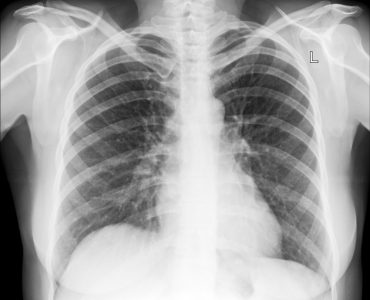People suffering from physical problems due to accident, illness or aging can be helped by physiotherapists. They can also be a help to people having mental health problems, stroke patients and children.Manipulation, exercise, electrotherapy, massage and hydrotherapy are the various types of treatments used by physiotherapists. Problems that affect muscles, bones, heart, lungs and circulation may need physiotherapy. The techniques used by physiotherapy help in the improvement of the ability to use the body parts affected by an injury or a disease. Physiotherapists work in hospitals or may have private practices or they work with the social services.
When physiotherapy should be done
Physiotherapists help people to improve the ability to use their body parts affected by injury or illness. Slowing down the progression of long term conditions and rehabilitation after surgery can be done by physiotherapy. Common areas where physiotherapy is effective are listed below
Care of elderly people
Common old age conditions like osteoporosis, arthritis, hip and joint replacement can be treated using physiotherapy. It can also help old people to be active, improve fitness and reduce pain in body parts.
Cardiovascular and pulmonary rehabilitation
Conditions affecting the heart, lungs can be treated using physiotherapy. People who have chronic obstructive pulmonary disease or heart attack may be recommended physiotherapy.
Neurological
Neurological conditions such as Parkinson’s disease, cerebral palsy, stroke and multiple sclerosis that affect the nervous system can be treated using physiotherapy.
Orthopaedic
Conditions and injuries that affect bones, muscles such as arthritis can be cured using physiotherapy.
Paediatric
Children who have conditions such as muscular dystrophy which affect their muscles or skeleton can be treated by physiotherapy.
Women’s health
Conditions that affect women such as painful menstruation, incontinence, brittle bones, swelling in the body caused by an excess of fluid (oedema) and pelvic pain can be treated using physiotherapy.
What physiotherapy is used for
Physiotherapy does not use medication and is non invasive and so it is suitable for most of the people. Most of the departments in the hospital like paediatrics, outpatients, orthopaedics, mental health and women’s health use physiotherapy. Chest physiotherapy is sometimes used to keep people breathing in their unconscious state. Some physiotherapists also work in schools, in the workplace or a sports centre. Physiotherapy may be recommended for treatment following an injury due to sports or at work. It can also be helpful for aback strain or RSI (repetitive strain injury). Physiotherapy teaches the correct use of body parts. This may help in preventing injuries and existing injuries to worsen.
How physiotherapy works
Physiotherapy helps in restoring the proper functioning of the body. Besides treating a specific injury or illness, physiotherapy also helps in improving the quality of life and general well being. Physiotherapists work by focussing on the body as a whole rather than an individual factor. For example the cause for back pain might be due to diet, exercise, posture and work. The most important part of physiotherapy is patient education. Physiotherapy aims to improve your strength and mobility.
The different techniques used by physiotherapists are as follows
-Massage and manipulation
-Exercise and movement
-Electrotherapy
-Hydrotherapy











